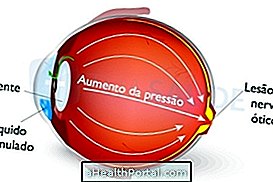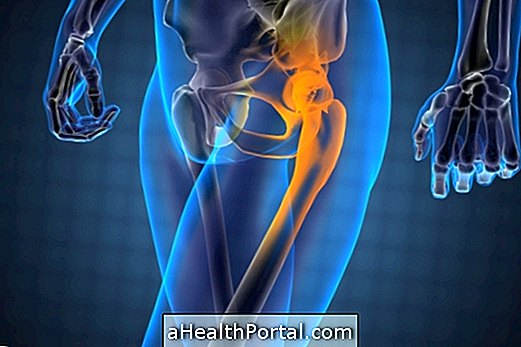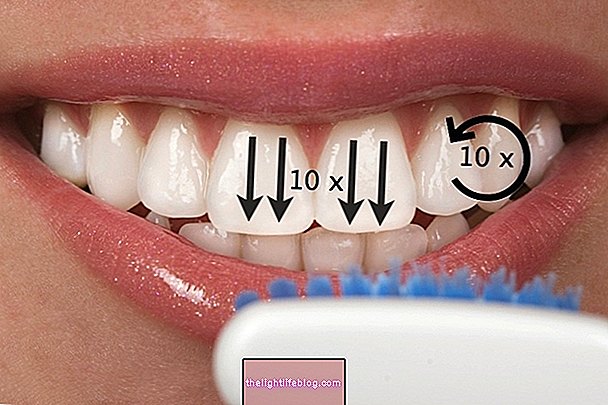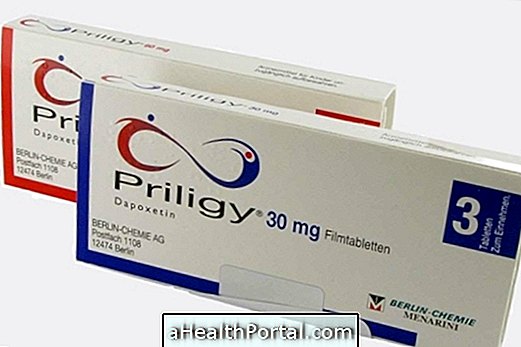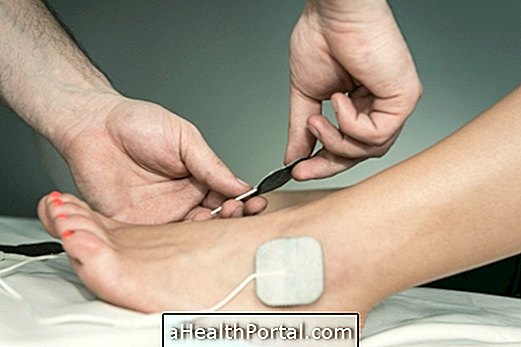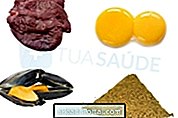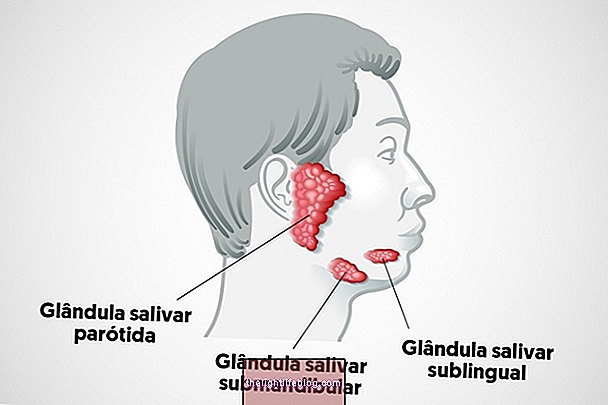The treatment of ectodermal dysplasia is not specific and this disease has no cure, but cosmetic surgeries may be used to resolve some of the malformations caused by the disease.
Ectodermal dysplasia is a set of rare hereditary problems that arise in the baby from birth and, depending on their type, cause changes in hair, nails, teeth or sweat glands, for example.
As there is no specific treatment for ectodermal dysplasia, the child should be followed up frequently by the pediatrician to evaluate their development and evaluate the need for cosmetic surgery to improve their self-esteem, for example.
In addition, it is important to evaluate daily the body temperature of the child, especially in cases where there is no sweat production, because there is a greater risk of developing a sun stroke due to excessive body heating. Here's how to measure the temperature correctly.
In cases where there is a lack of teeth or other changes in the mouth, it is advisable to consult a dentist to make a complete assessment of the mouth and initiate appropriate treatment, which may include surgeries and dental prostheses, to allow the child to eat normally.
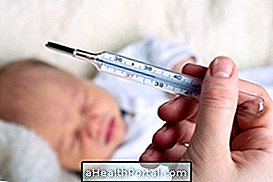

Symptoms of ectodermal dysplasia
The main signs and symptoms of ectodermal dysplasia include:
- Recurrent fever or body temperature above 37 ° C;
- Hypersensitivity to hot spots;
- Malformations in the mouth with missing, sharp or very distant teeth;
- Hair very thin and brittle;
- Fine and altered nails;
- Lack of production of sweat, saliva, tears and other body fluids;
- Skin thin, dry, scaly and very sensitive.
The signs and symptoms of ectodermal dysplasia are not the same in all children and therefore, only a few of these symptoms are common.
Types of ectodermal dysplasia
The two major types of ectodermal dysplasia include:
- Anhydrotic or hypohydrotic ectodermal dysplasia : characterized by a decrease in the amount of hair and hair, reduction or absence of body fluids such as tears, saliva and sweat or absence of teeth.
- Hydrocephalic ectodermal dysplasia : The main feature is the lack of teeth; however, it can also cause large, outwardly facing lips, flat nose and spots around the eyes.
Normally, the diagnosis of ectodermal dysplasia is made soon after birth after observation of the baby's malformations, however, in some cases these changes may be slightly apparent and, therefore, are diagnosed later during the child's growth.

